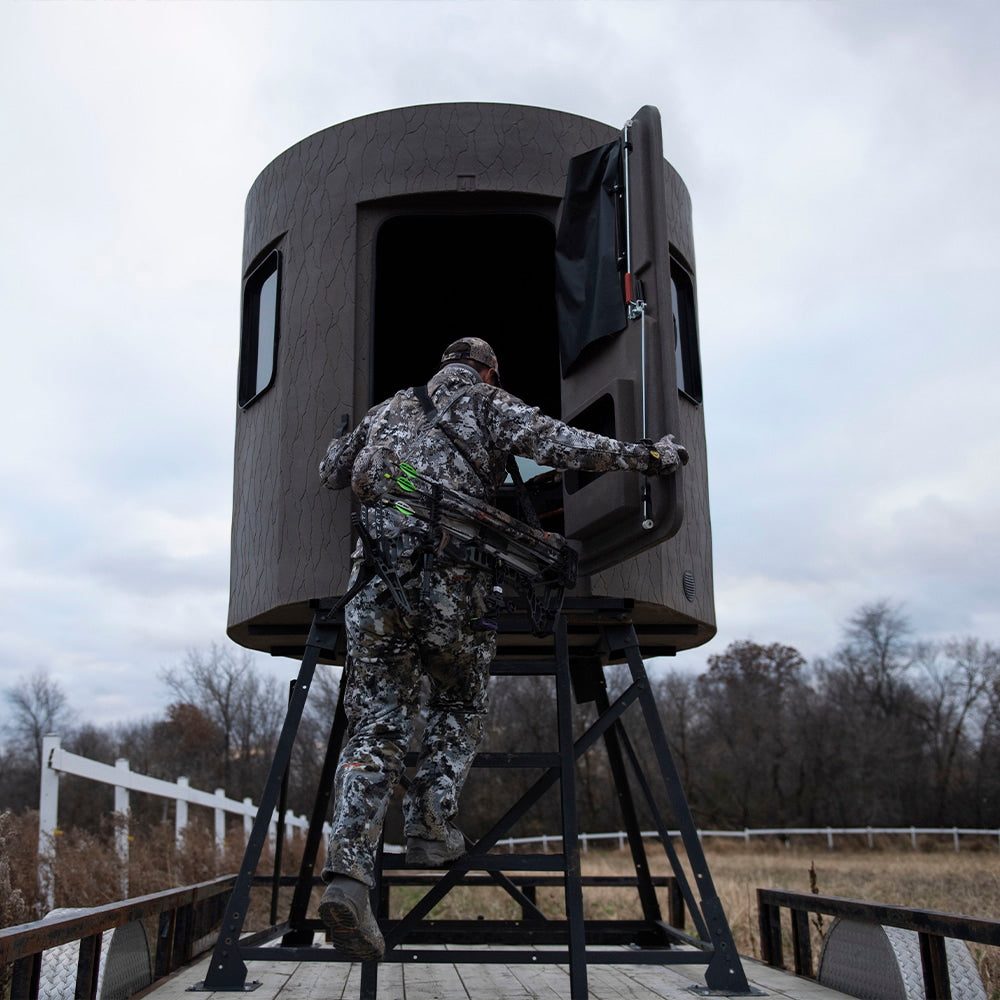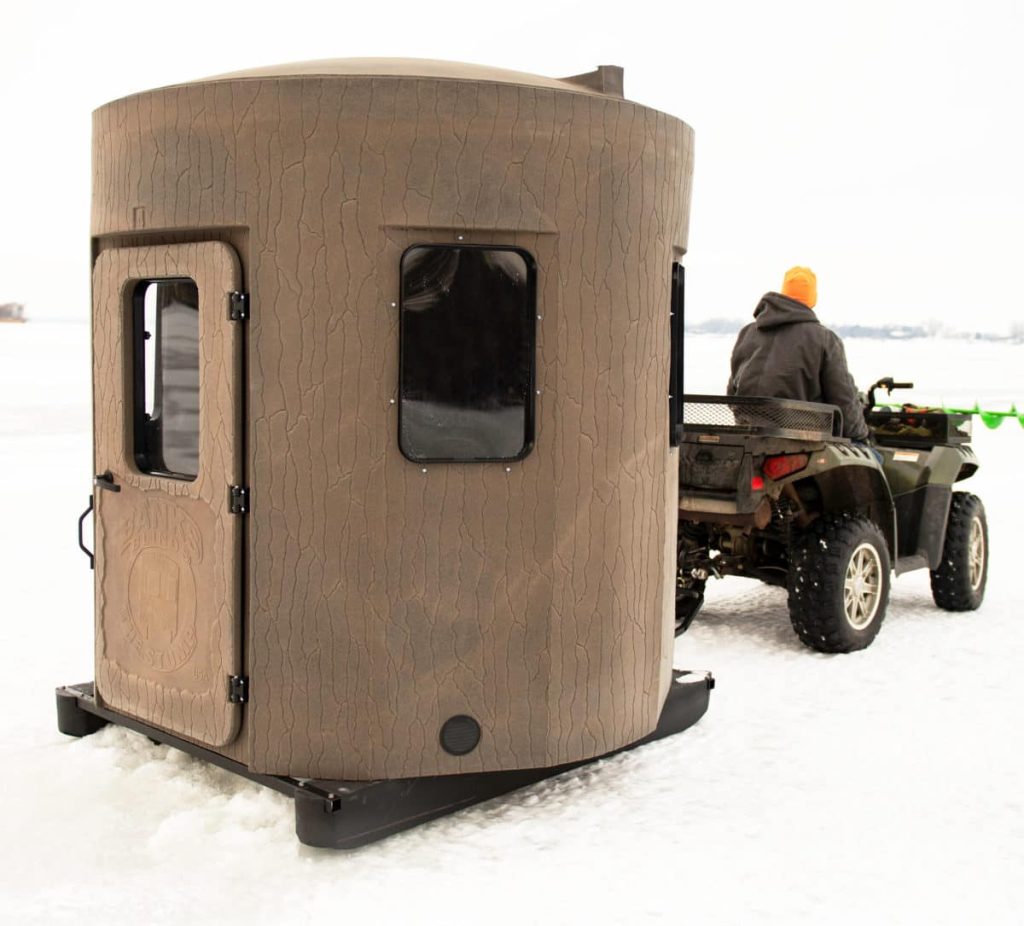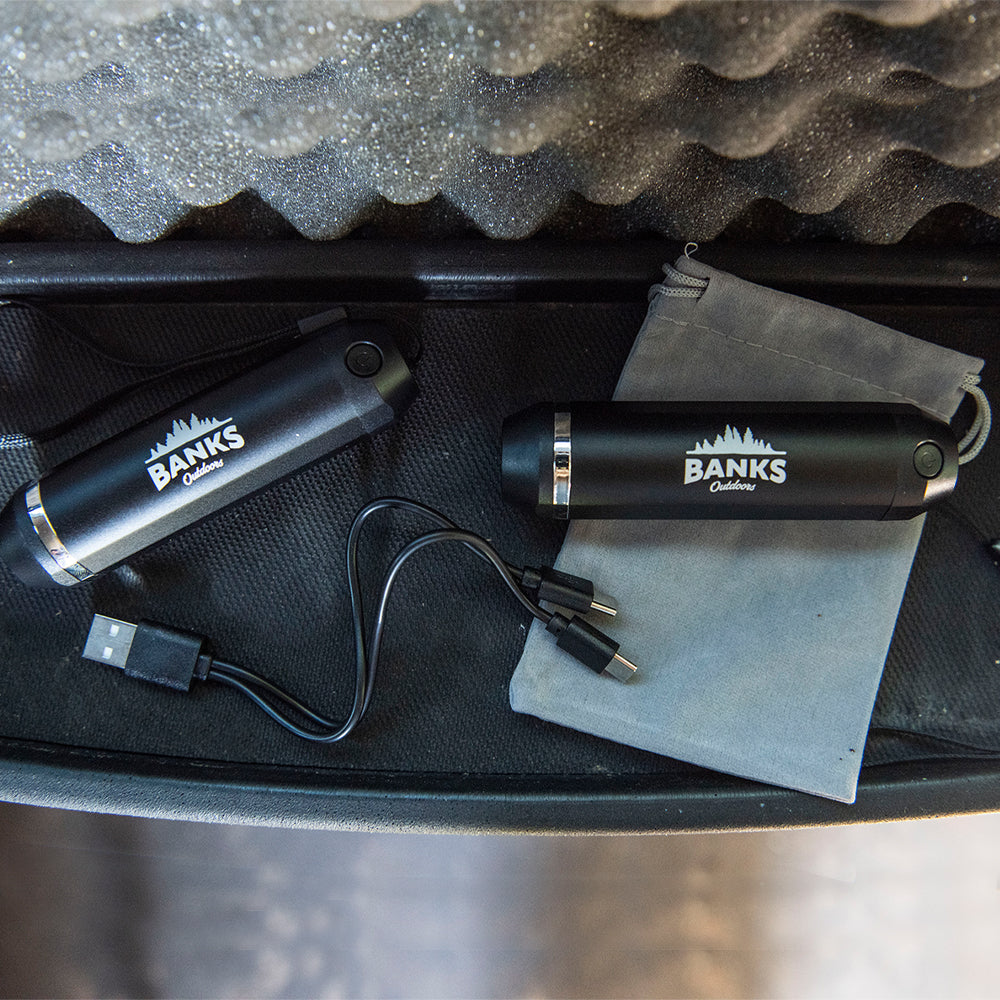Bad shots happen to the best of us. Our hand twitches, we misjudge the distance, or the buck moves the slightest inch to the left. All of these things can cause an errant shot, but it doesn’t have to be the end of your hunt. Here’s how you can recover after a bad shot.
Wait it Out
When you make a bad shot on a deer, meaning you hit the deer in a non-vital area, you need to wait longer than you usually would before you track the deer. Normally when you make a shot to the vitals, you need to wait anywhere from a half hour for a shot to the heart, to six hours for a liver shot. When you’re not sure where you hit the deer, give it about an hour before you start following. If you follow the deer too soon, you’ll scare it off and make it run further into the woods. You want to give it enough time to expire naturally or settle down in a new area.
Don’t Be Discouraged
If you make a bad shot that misses entirely, don’t be discouraged. Shake it off and try again. Take a moment to determine what caused the miss. Was it too far away? Did you move your elbow at the last second? Diagnosing the issue will help you adjust and redirect for next time. Make sure you have a rangefinder with you when you hunt to help you judge distances accurately. The difference between a 20-yard shot and a 25-yard shot could be the difference between a hit and a miss.
Don’t Forget the Angles
Another reason for a miss could be because you forgot to adjust for the elevation when you judged the distance. If you’re hunting from one of our elevated Stump blinds, like the Stump 4 360, make sure you’re calculating the angle correctly. The distance from an elevated blind to a deer isn’t the same as it is from a ground blind to a deer.
Take a Break
If the bad shot has shaken your nerves a bit, don’t be afraid to take a break. Close up the windows and chat with your hunting partner for a bit. The windows in our Stump blinds open silently so you’ll be able to open them again as soon as you see a deer. Our Stump blinds are roomy enough for you to hunt with friends and family and enjoy those breaks to regroup. The multiple windows will allow you to each have your own window to hunt from.
Practice at Your Local Range
Practicing at your local range will help you strengthen your muscles if you find you have a little too heavy of a draw weight. Too heavy of a draw weight will cause your arms to waver while you’re at full draw, so make sure you’re using the right draw weight for you. Go down in draw weight to finish out this hunting season and focus on building muscle during the off season for next year.
You’re not going to make every shot every time you hunt, and that’s OK. Invest in a rangefinder and put in some time at your local range if your form has gotten a little wobbly. Knowing what caused the bad shot is going to be the first step in fixing it.
How do you recover from a bad shot? How long do you wait before tracking the deer? Let us know in the comments below!






Maximizing Your Success During the Peak of the Rut
Planning for a Winter Hunting Trip: Gear and Preparation